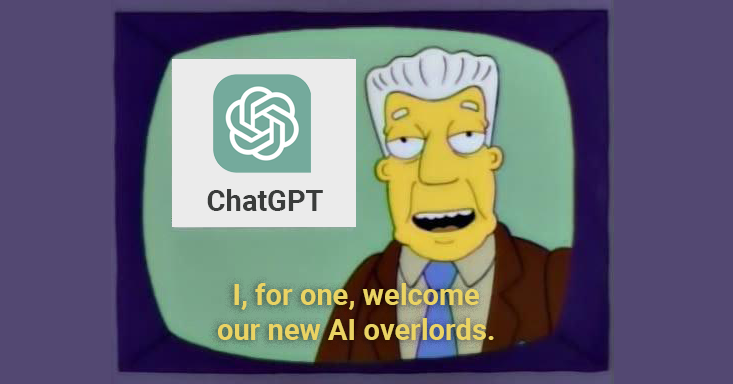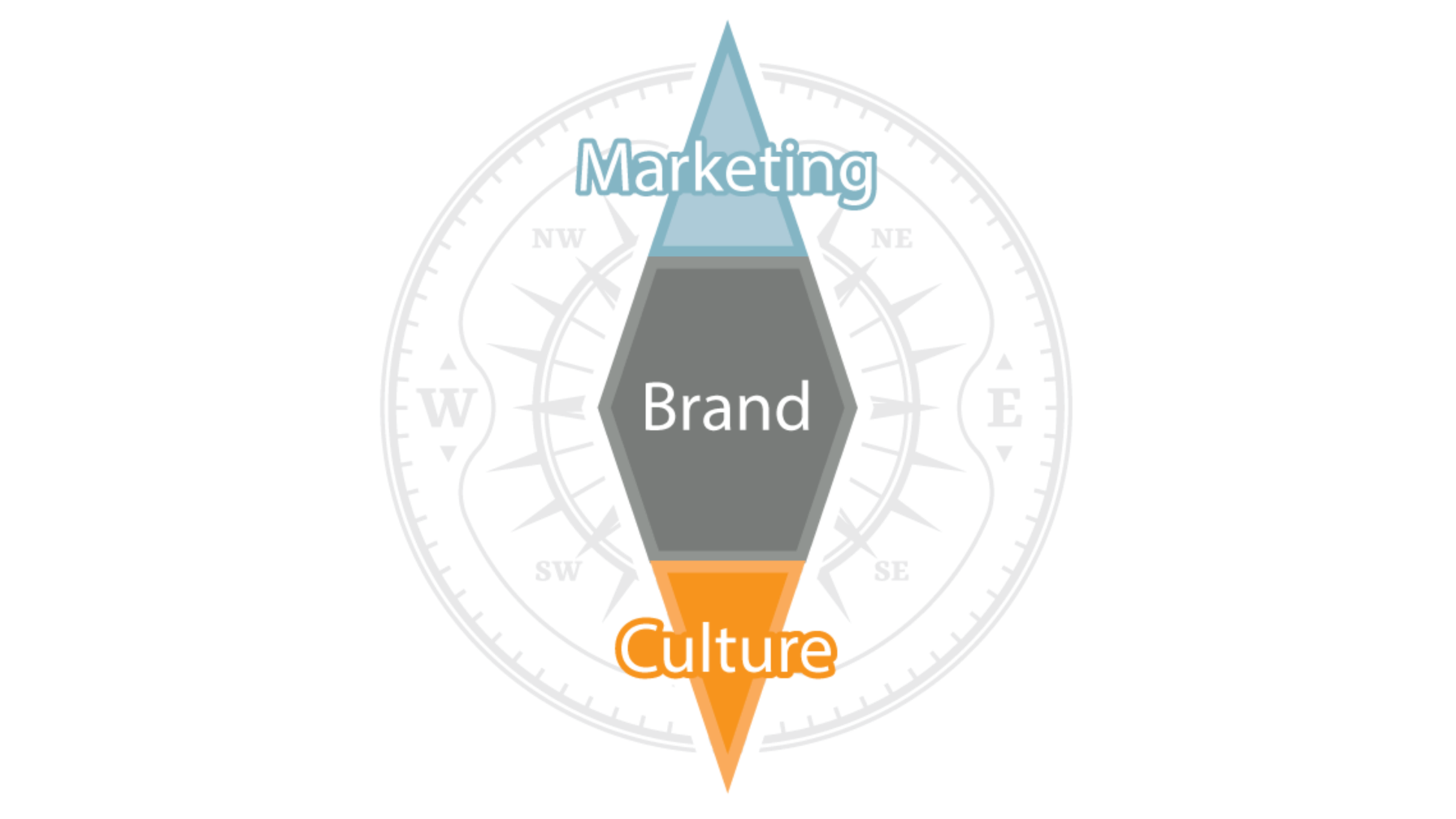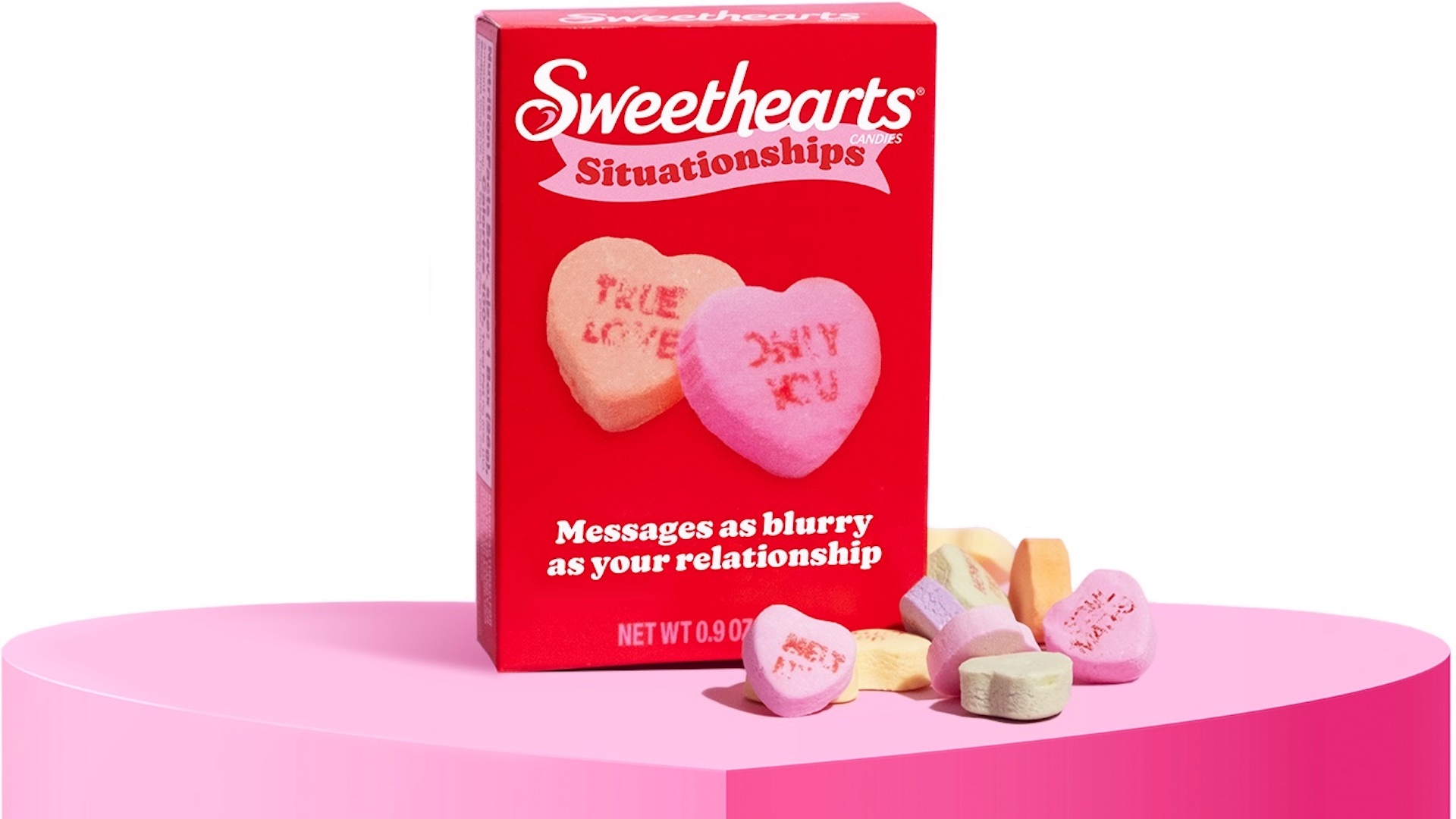It seems like you haven’t been able to go anywhere online for the past couple of years without encountering generative AI. My first encounter with an AI model was in mid 2022, when everyone on Twitter was playing with a very rudimentary image generator called Dall-E Mini. It created images that kind of looked okay if you were squinting or you didn’t have your glasses on, but the idea was novel. A machine that can spit out six images that halfway resemble any nonsense you could imagine. Pretty cool, right?
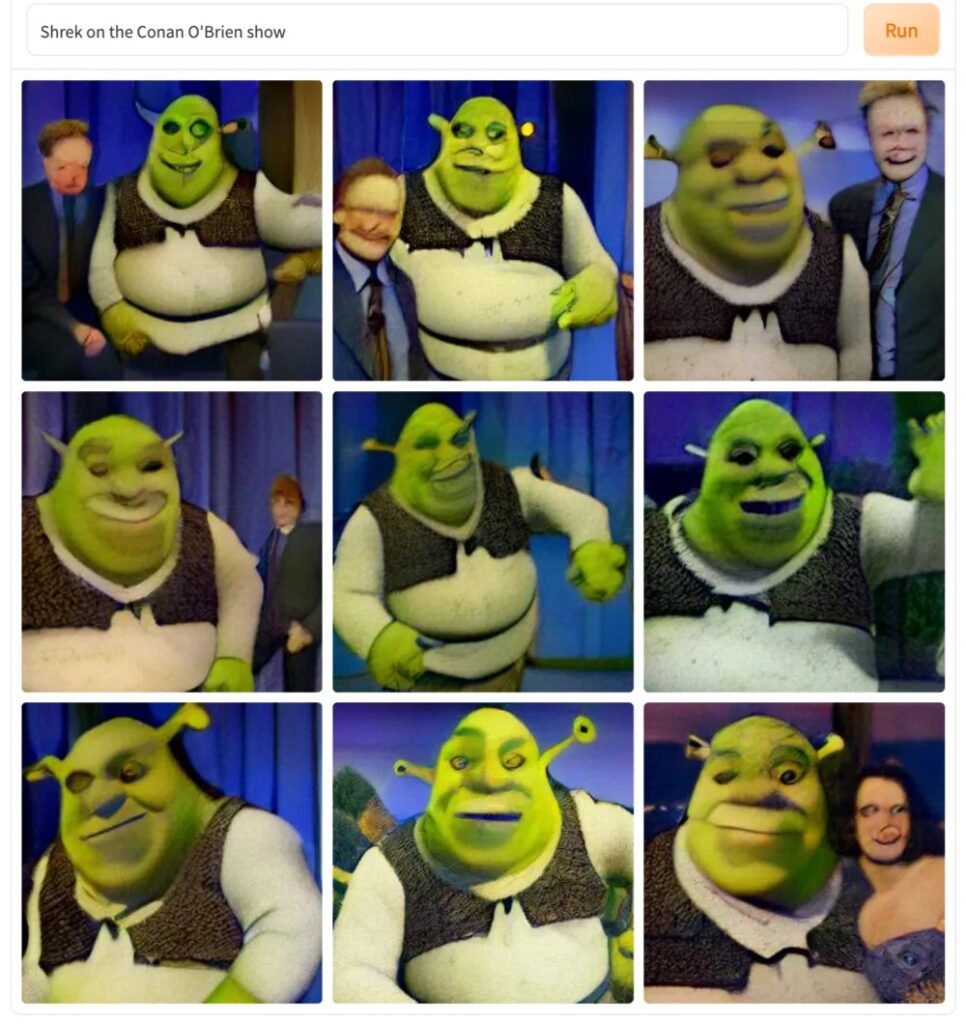
Dall-E Mini turned out to be the herald of the AI boom. Within months, serious players emerged. Dall-E 2 and 3, Midjourney, and Stable Diffusion arrived with the capabilities of creating images that looked STRIKINGLY real. Language model Chat-GPT also became open to the public. It could simulate a text conversation with a human, write an essay for you about any topic, and even write code. Models for voice replication, music making, and video creation also made their way onto the scene. AI was taking over the world.
As the novelty of these new generative models began to wear off, the attitude towards AI seemed to shift. Creative people began to fear that, with these tools, their jobs could soon become obsolete. Grifters and folks bent on getting-rich-quick saw AI as their ticket to owning and operating a solo media empire from the comfort of their laptop, erasing the need to pay creatives at all. The tone quickly changed from the fun “Shrek goes on Conan” from just a few weeks before into a very contentious debate. Had we invented a way to automate creativity? If we had, should we allow it to continue?
As people started embarking on creative endeavors using nothing but AI as a guide, one thing became very clear: We had not automated creativity. Instead, mountains of procedurally generated slop started piling up online. Every Twitter thread and TikTok comment section began filling with AI-generated bot replies that rarely made any sense. LinkedIn became a hellscape of Chat-GPT-fueled corporate-speak. Half of the “cute animal” Facebook pages were suddenly full of half-baked Midjourney images of puppies with extra appendages. Even Amazon was suddenly flooded with books written by generative language models that contained mostly redundant drivel. The humans that remain online have dubbed this phenomenon of endless, soulless content the “Dead Internet Theory.”
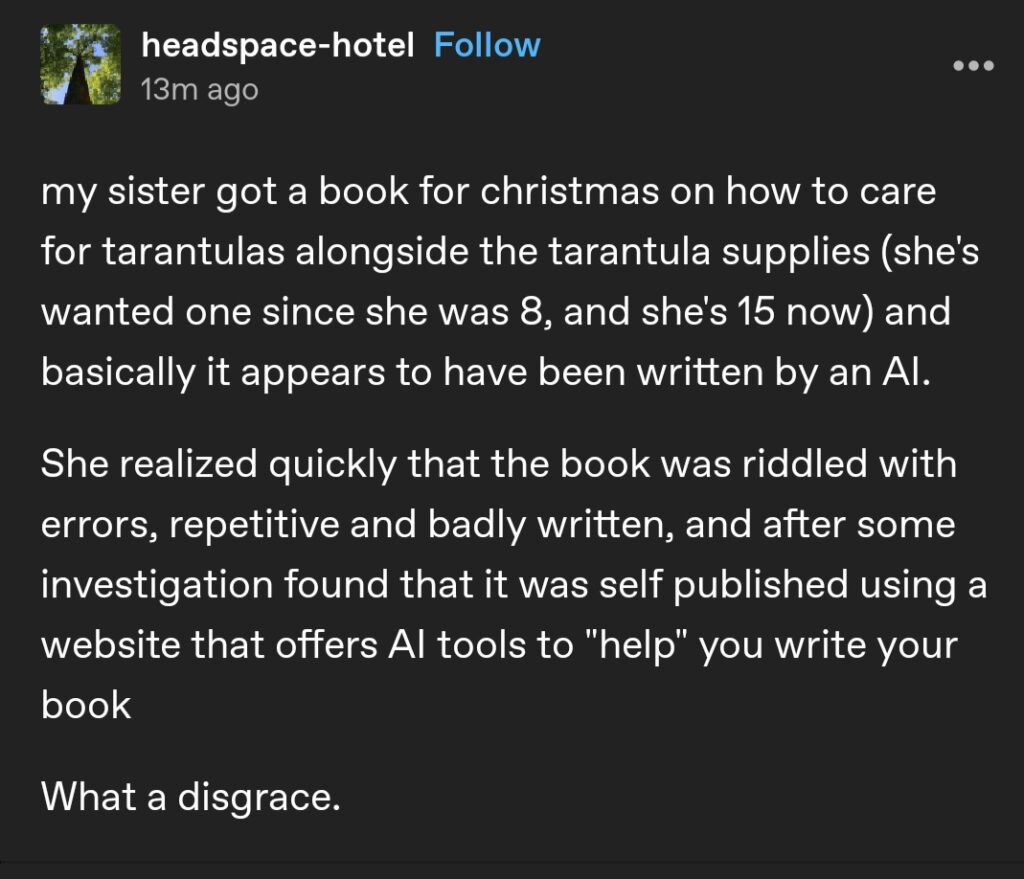
The reason everything suddenly got so much worse is simply that generative AI is incapable of thinking creatively. Technically, it can’t think at all. Language models simply guess the word that is most likely to be next in a sequence based on the things that they were fed in their training data. Image models are largely the same. You can ask an image generator to make an image in the style of Van Gogh, but it could never break the parameters of the images that it was trained on to create an entirely new style of painting like Van Gogh once had. At best, AI is a really good imitator of a person. If it creates anything with substance, that was purely an accident.
This is why artificial intelligence will never be able to properly replace a creative person doing a creative job. I say “properly” because there are already examples of companies laying off copywriters and photo editors simply because it’s cheaper to let AI make worse things. When it really comes down to it, it’s impossible for AI to create anything meaningful because it has no concept of intention.
To illustrate what I mean, we need to meet Princess Jane. This video was posted on a now-deleted Twitter account with the caption “I plan on releasing a complete animated movie with AI.”
The video uses an AI-generated image of a princess, an AI narrator, and AI animation software to make her mouth match the spoken words. Human hands barely touched this video beyond telling several generative models what to do. A full movie like this would be one of the more soulless things ever produced.
It is revolutionary that someone with no background in art or animation could easily make something like this, but that’s exactly the problem. People who have no background in creativity are missing all of the behind-the-scenes nuances and subtleties that creative people bring to their work. The process is considerably more complex than simply sitting down and declaring, “Today I will make a cartoon about a princess that says hello and then dissolves.”
Creativity requires critical thinking. It isn’t just about possessing the ability to draw a princess; it’s about being able to ask yourself why you’re drawing that princess. Who are you drawing that princess for? How are people expected to feel upon seeing her? In order to create something that will connect with an audience and be meaningful to them, you have to start from a place of empathy and intention. Creativity is an emotional field, and generative AI models are not emotional machines.
All of this is not to say that artificial intelligence is useless! When used as a tool, it can offer really quick and convenient solutions to problems that were previously extremely time-consuming. We have several cases of AI-assisted workflows in our office. It transcribes meeting recordings, it generates captions for videos, and Chat-GPT has spit out a few ideas that have served as jumping-off points for video scripts that we’ve written. I even used it to grammar-check this article! Adobe added AI integrations into their Creative Cloud apps this year, which allowed that human-robot workflow to really expand. As long as there’s a real human being behind the wheel, projects that are made with the help of AI have the potential to be incredibly successful.
AI isn’t a replacement for human creativity, but it is the newest and most exciting addition to a creative’s toolbelt. The hype is not to be entirely believed, but pretending that generative models are a fad that will soon die out is just willful ignorance. One thing is for sure, though: if you want messaging that will cut through the endless sludge of the dead internet, there’s nothing quite like the power of the human brain.
Want to read more things written by humans?

